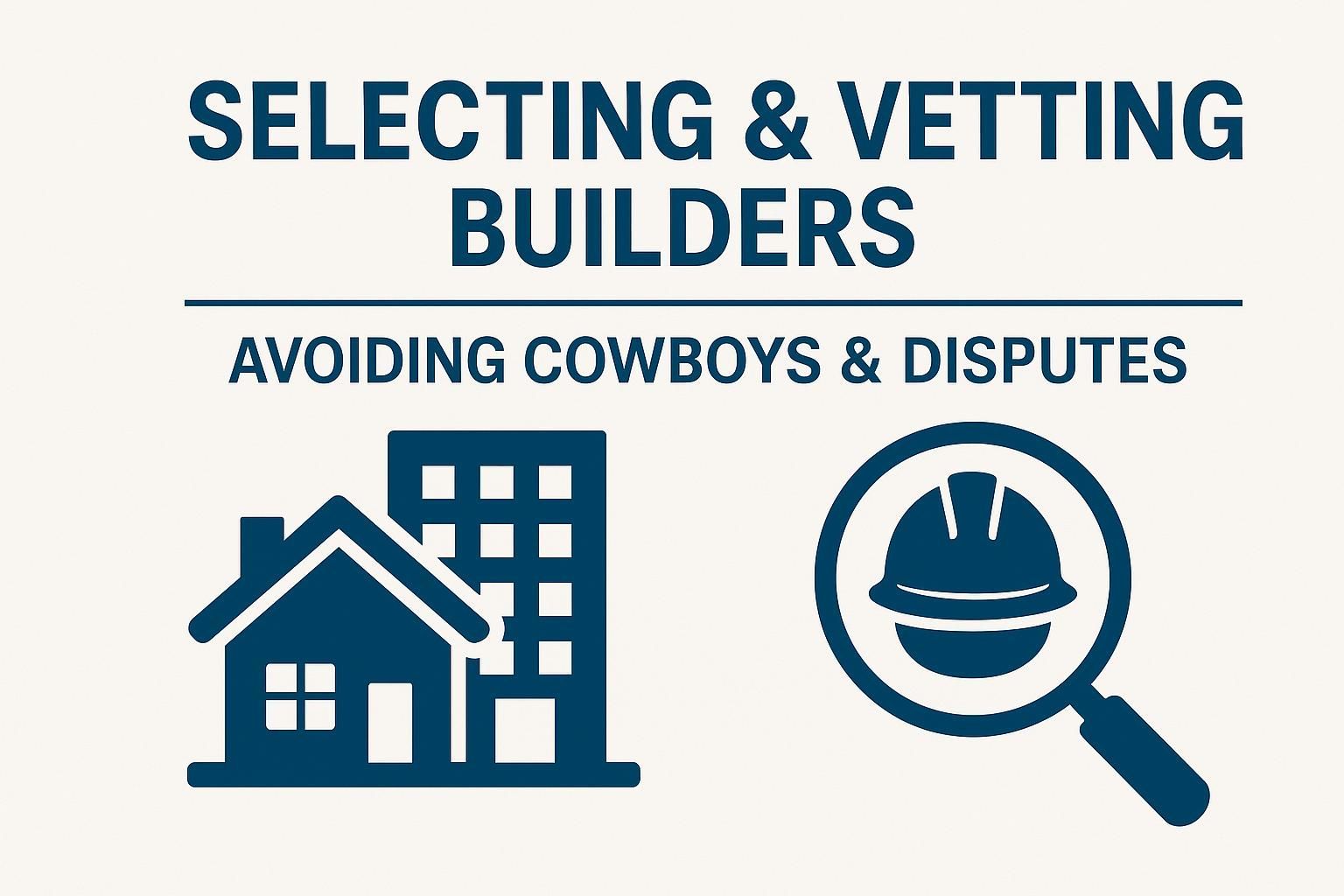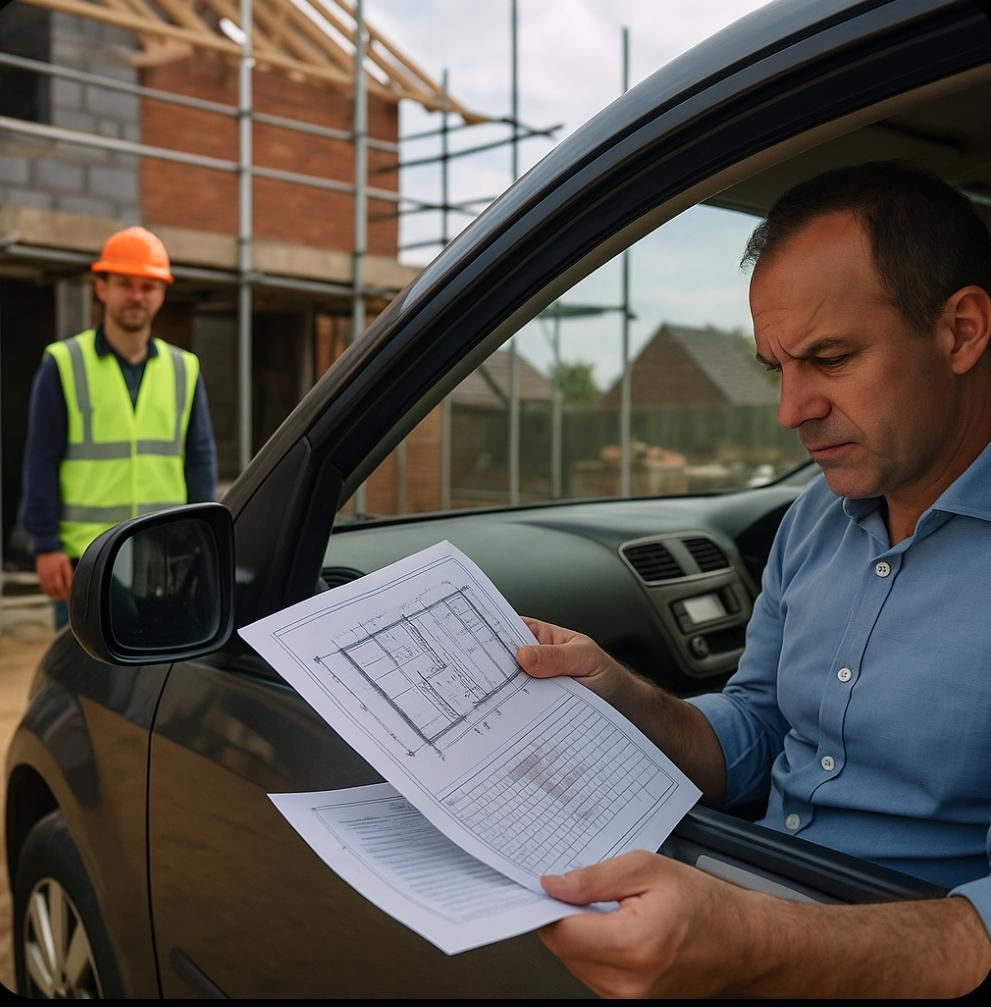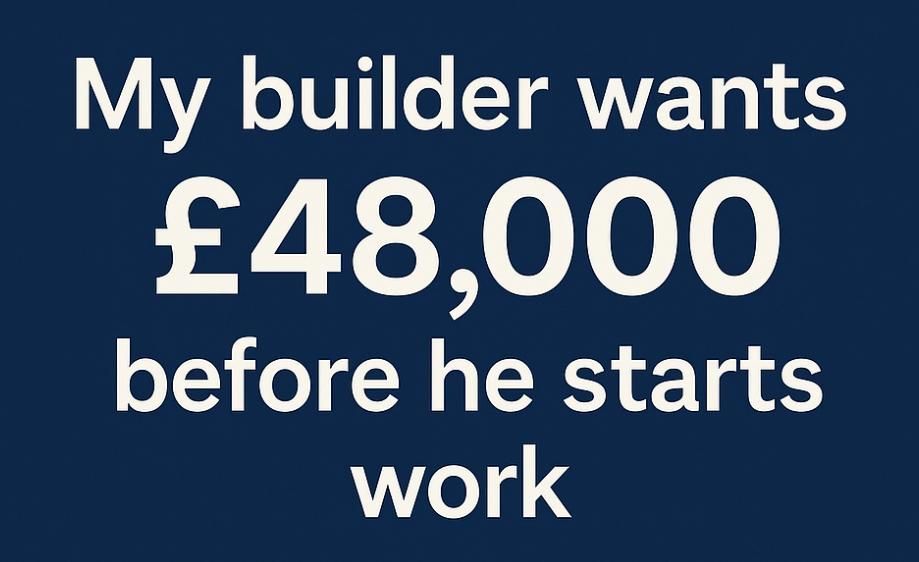Fire Safety in Large Homes: Evacuation Routes, Escape Mechanisms, and Alarm Systems

Ensuring fire safety in a large home requires a well-thought-out evacuation plan, reliable fire detection systems, and additional escape mechanisms for those with mobility challenges. This article explores key considerations, from smoke alarms to alternative exit routes.
1. The Importance of a Clear Evacuation Plan
A home’s evacuation plan should be:
• Unobstructed & Direct – Ensure that corridors and stairways remain clear and lead directly to a safe exit.
• Well-Lit – Install emergency lighting to guide occupants in the dark or in smoky conditions.
• Accessible for All - Consider the needs of elderly individuals, those with mobility impairments, or children.
• Regularly Practised – Run fire drills to familiarise everyone with escape routes.
Escape Routes
• Multiple Exits – Every floor should have at least two ways out.
• Fire Doors – These slow down the spread of fire, providing crucial extra time to escape.
• External Fire Escapes – Particularly useful for upper floors where alternative exit options are limited.
• Low-Level Escape Windows – Windows designed for easy exit, especially important for bedrooms.
2. Fire & Smoke Detection Systems
Legal Requirements in the UK
The law requires:
• Interlinked Smoke Alarms – In new builds and major refurbishments, alarms must be interlinked so that if one sounds, all do.
• Heat Alarms – Required in kitchens to reduce false alarms.
• Carbon Monoxide Alarms – Mandatory where solid fuel-burning appliances are installed.
A separate blog discusses the different types of fire alarm systems and their suitability for various home sizes.
3. Fire Safety Equipment to Have On-Site
• Fire Extinguishers – Different types for electrical, grease, or general fires.
• Fire Blankets – Ideal for small kitchen fires or smothering flames on clothing.
• Smoke Curtains – Can help contain fire and smoke within specific areas.
• Escape Ropes or Ladders – Particularly useful for upper floors where other exits may be blocked.
• Evacuation Chairs – Essential for aiding those with mobility challenges down stairs.
• Personal Emergency Alert Systems – Useful for alerting emergency services or others in the household.
4. Smart Home Integration for Fire Safety
Modern technology enhances fire safety through:
• Smart Smoke & Heat Alarms – These notify homeowners via mobile apps in case of fire.
• Home Automation Systems – Can trigger lights to illuminate escape routes automatically.
• Fire Door Release Mechanisms – Hold doors open for easy movement but automatically close in case of fire.
5. Final Thoughts: Proactive Fire Safety Measures
Beyond alarms and equipment, ensure:
• Fire drills are practised regularly.
• Exits remain clear at all times.
• Escape routes are clearly marked, especially in larger homes.
• All equipment is maintained and functional.
By implementing these measures, homeowners can significantly enhance the fire safety of their property. If you are planning a home renovation, extension, or refurbishment, consider fire safety from the outset to integrate these essential systems effectively.



